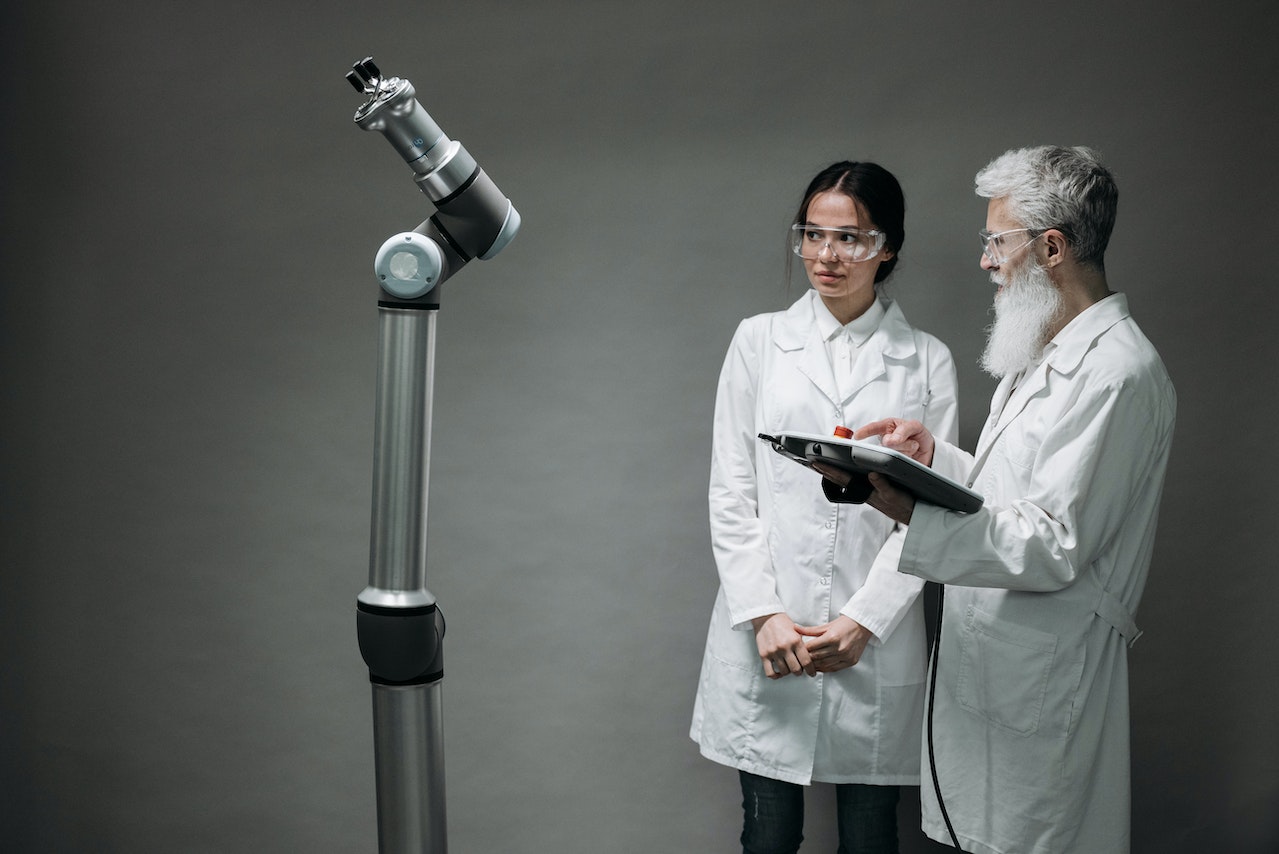Paul Sloane

Paul is a professional keynote conference speaker and expert facilitator on innovation and lateral thinking. He helps companies improve idea generation and creative leadership. His workshops transform innovation leadership skills and generate great ideas for business issues. His recent clients include Airbus, Microsoft, Unilever, Nike, Novartis and Swarovski. He has published 30 books on lateral thinking puzzles, innovation, leadership and problem solving (with over 2 million copies sold). He also acts as link presenter at conferences and facilitator at high level meetings such as a corporate advisory board. He has acted as host or MC at Awards Dinners. Previously, he was CEO of Monactive, VP International of MathSoft and UK MD of Ashton-Tate. He recently launched a series of podcast interviews entitled Insights from Successful People.

Large organisations tend to treat major new product developments as serious projects which require serious resources.

If you do not have an effective suggestion scheme in place, it is recommended to start one.

By implementing simple steps into your daily routine, you can build your self-esteem and develop a more positive outlook.

Some meetings serve simply to disseminate information.

Assumptions often shape our perspectives and influence decision-making.

Finding novel solutions to problems and challenges often requires a wellspring of creativity and inspiration.

Managing the sales pipeline is a well-developed executive skill in any company selling large ticket items to business customers.

Innovative ideas come from a combination of internal and external sources.

According to Jim Rohn, you are the average of the five people you spend the most time with.

One of the primary reasons companies block innovation is their resistance to change.
By visiting our website you agree that we are using cookies to ensure you to get the best experience.
We use cookies to ensure you to get the best experience on our website. If you decline the use of cookies, this website may not function as expected.
Tools used to analyze the data to measure the effectiveness of a website and to understand how it works.